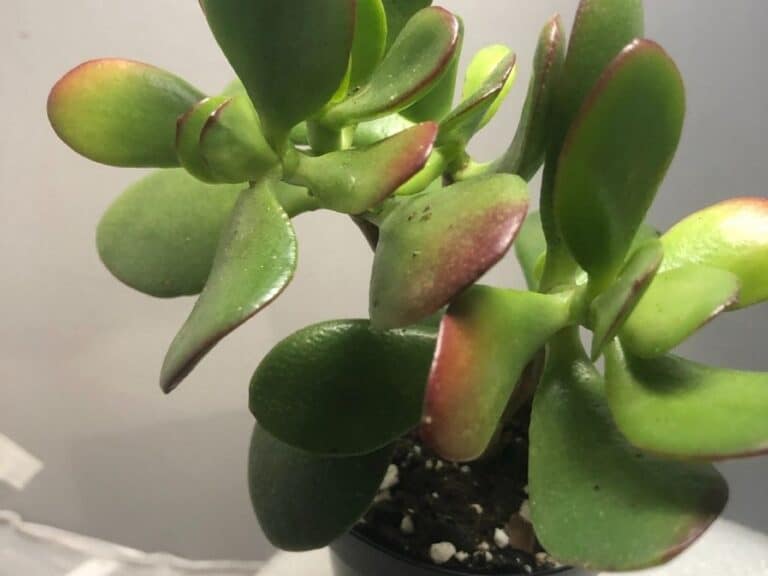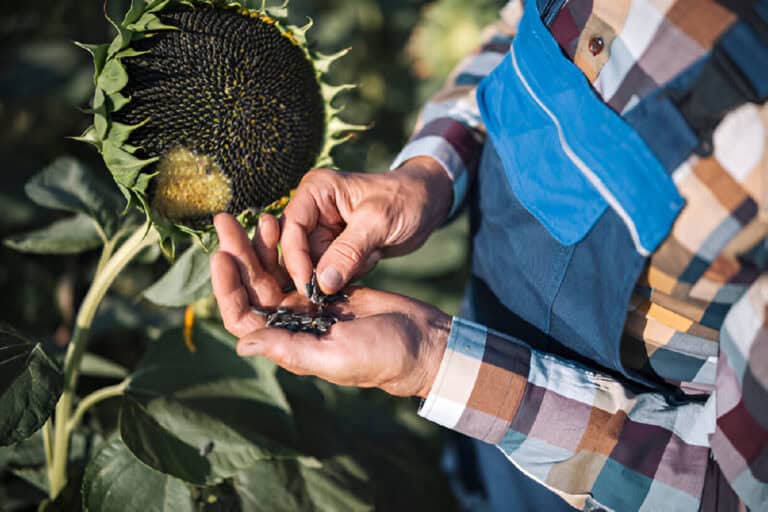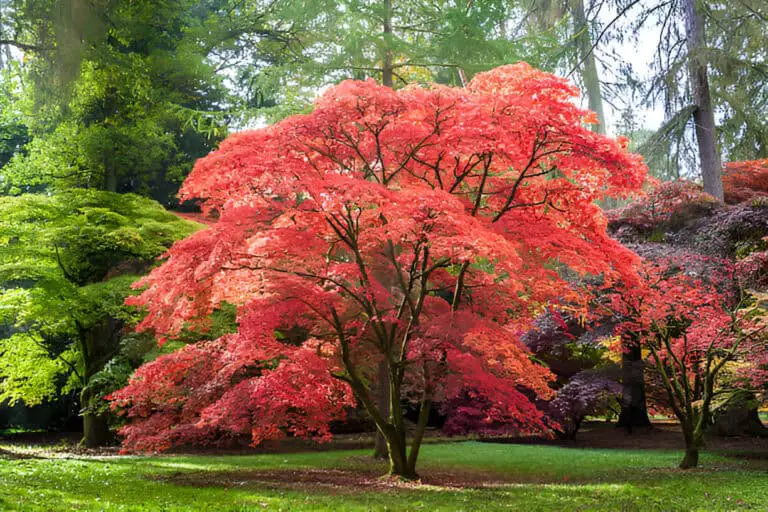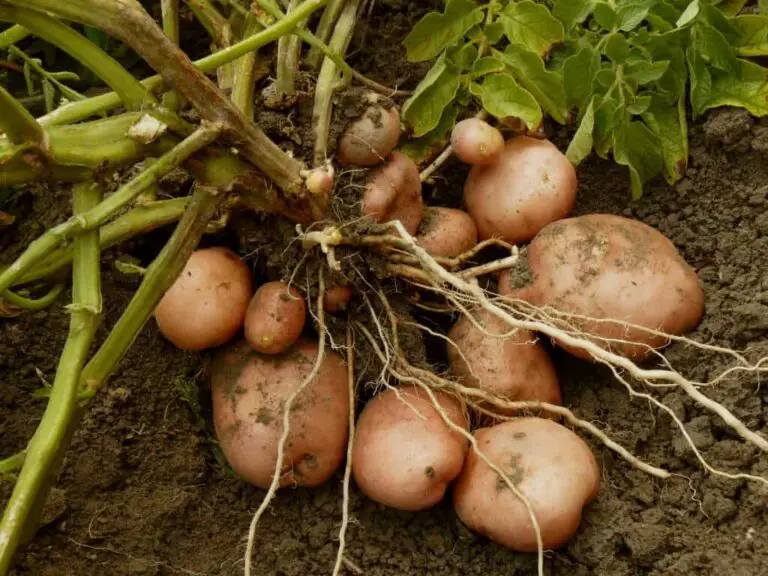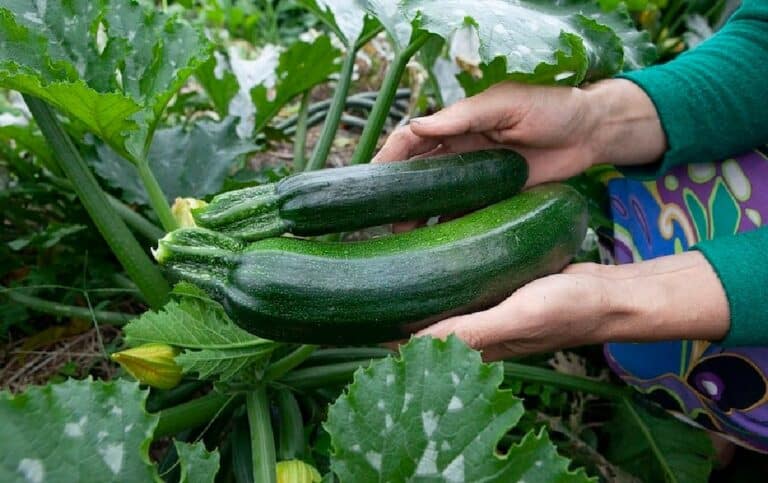When to Plant Saffron Bulbs in New Zealand: Best Seasons and Tips

Saffron, often called “red gold,” is a highly prized spice derived from the flower of Crocus sativus. Known for its vibrant color and distinct flavor, saffron is used in various cuisines around the world. Growing saffron in New Zealand can be rewarding. You must know when to plant and how to grow it best.
This comprehensive guide will walk you through everything you need to know about planting saffron bulbs in New Zealand.
Importance of Timing When Planting Saffron Bulbs
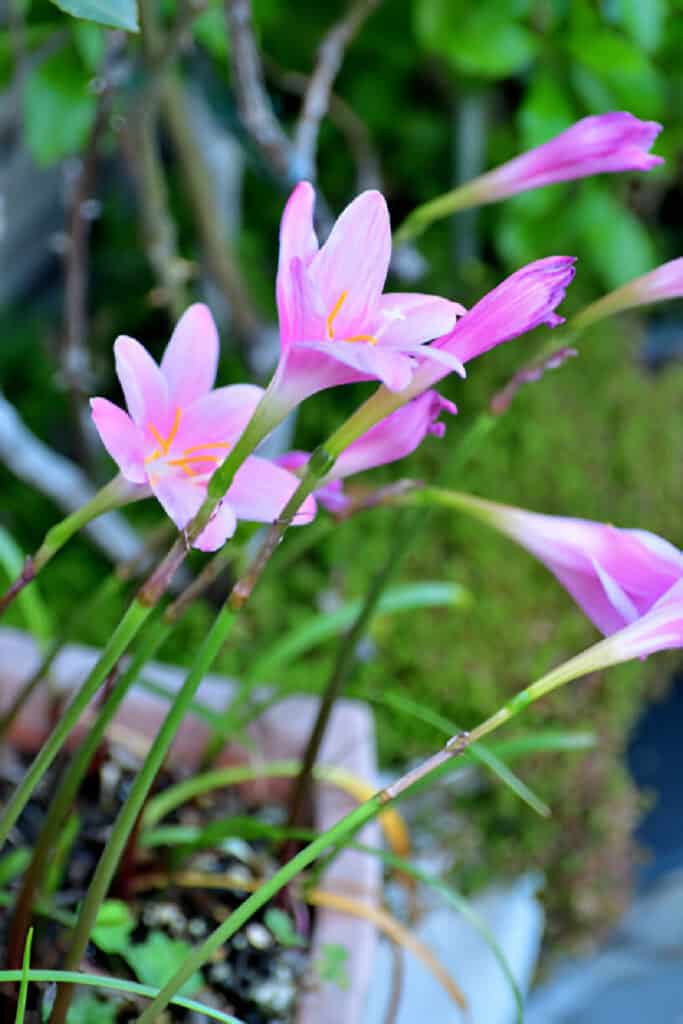
Timing is crucial when planting saffron bulbs to ensure a successful harvest and healthy plants. Saffron, known for its delicate and valuable threads, requires specific planting periods to thrive. Planting at the right time allows the bulbs to establish roots before the growing season, leading to more robust blooms and higher yields.
In regions with mild climates, saffron bulbs should be planted in late summer to early fall. This timing ensures the bulbs can develop roots before the onset of winter. It’s vital for the bulbs to root well now. This will support the growth of the saffron crocus next spring. Conversely, planting too early in summer or too late in fall can expose the bulbs to extreme temperatures. This can harm their growth and flowering.
The timing of planting also directly affects the quality and quantity of the saffron threads produced. Bulbs planted at the right time yield better threads. So, it is worth the effort for gardeners and farmers. By adhering to the recommended planting schedule, you can maximize your saffron yield and ensure the health of your plants.
Understanding New Zealand’s Climate
New Zealand’s diverse climate is a crucial factor to consider when planning to plant saffron bulbs. The country stretches from the subtropical Northland to the cooler South Island. It has many microclimates ideal for growing saffron.
Climate Zones in New Zealand
- North Island: Warmer and more humid, especially in the north.
- South Island: Cooler, with significant temperature variations between coastal and inland areas.
- Mountain Regions: Cold winters with potential frost and snow, ideal for vernalization.
Seasonal Overview
- Spring (September to November): Saffron flowers bloom, and the harvesting season begins.
- Summer (December to February): Bulbs enter a dormant phase, crucial for the next growing season.
- Autumn (March to May): The optimal planting season as temperatures cool down.
- Winter (June to August): Cold period necessary for bulb vernalization and root development.
Best Time to Plant Saffron Bulbs
The best time to plant saffron bulbs in New Zealand is during the autumn months. Planting in autumn allows the bulbs to establish roots before the cold winter sets in, ensuring they are ready to produce flowers in spring.
Planting in the North Island
- Optimal Planting Period: Late March to early May.
- Benefits: The soil remains warm enough to promote root development before the winter.
- Considerations: Ensure the soil has cooled sufficiently, especially in warmer northern regions.
Planting in the South Island
- Optimal Planting Period: Mid-March to late April.
- Benefits: Cooler temperatures make it suitable for planting slightly earlier than in the North Island.
- Considerations: Watch out for early frosts in southern and inland areas.
Planting Calendar for Different Regions
| Region | Optimal Planting Period | Key Considerations |
| Northland | Late March to Early May | Ensure soil has cooled |
| Auckland | Late March to Early May | Warm soil promotes root growth |
| Wellington | Late March to Early May | Mild autumn weather |
| Canterbury | Mid-March to Late April | Cool temperatures, watch for frost |
| Otago | Mid-March to Late April | Early frosts may occur |
Preparing the Soil
Saffron thrives in well-drained, fertile soil with a slightly acidic to neutral pH (6.0–7.0). Proper soil preparation is crucial for healthy growth and abundant blooms.
Soil Testing and Amendment
- Test the Soil: Conduct a soil test to determine pH and nutrient levels.
- Amend the Soil: Add organic matter such as compost or well-rotted manure to improve soil structure and fertility.
Bed Preparation
- Loosening the Soil: Saffron requires loose, well-drained soil. Loosen the soil to a depth of at least 20 cm.
- Mulching: Apply a layer of mulch, such as straw or shredded leaves, to retain soil moisture and suppress weeds.
Choosing the Right Saffron Bulbs
Selecting high-quality saffron bulbs is essential for a successful harvest. Look for bulbs that are firm, free of mold, and large (larger bulbs produce more flowers).
Factors to Consider
- Bulb Size: Larger bulbs generally produce more robust plants and a higher yield of saffron threads.
- Bulb Health: Ensure bulbs are free from any signs of disease or damage.
- Supplier Reputation: Purchase bulbs from a reputable supplier to guarantee quality.
Popular Saffron Varieties
- Crocus sativus: The primary variety cultivated for saffron production. It has purple flowers with red stigmas, which are harvested for saffron threads.
- Crocus cartwrightianus: Sometimes grown for ornamental purposes but less common for saffron production.
Planting Saffron Bulbs
Selecting the Planting Site
Choose a site that receives full sun and has well-drained soil. Avoid areas with heavy clay or poor drainage, as saffron bulbs are susceptible to rot.
Planting Steps
- Planting Depth: Plant saffron bulbs 10-15 cm deep, with the pointed end facing upwards.
- Spacing: Space bulbs 10-15 cm apart to allow for proper growth and air circulation.
- Watering: Water thoroughly after planting to help settle the soil and encourage root development.
Step-by-Step Guide
- Prepare the Soil: Loosen the soil and amend it with compost.
- Dig Holes: Dig holes 10-15 cm deep for each bulb.
- Place Bulbs: Place the bulbs in the holes, pointed end up.
- Cover and Water: Cover the bulbs with soil and water thoroughly.
Caring for Saffron Plants
Watering
Consistent watering is crucial, especially during dry periods.
- Frequency: Water saffron plants regularly, keeping the soil moist but not waterlogged.
- Method: Use a soaker hose or drip irrigation to water at the base of the plants, avoiding wetting the foliage.
Fertilizing
Apply a balanced fertilizer in early spring as the saffron plants begin to grow.
- Type: Use a slow-release, balanced fertilizer formulated for bulbs.
- Application: Follow the manufacturer’s instructions for application rates and methods.
Mulching
Mulching helps retain soil moisture and suppress weeds.
- Mulch Type: Use organic mulch such as straw, bark, or compost.
- Depth: Apply a layer of mulch 5-10 cm deep around the base of the plants.
Pest and Disease Management
Monitor saffron plants for signs of pests and diseases, and take appropriate action if needed.
Common Pests
- Narcissus Bulb Fly: Large larvae that can damage bulbs.
- Aphids: Small insects that suck sap from saffron leaves and stems.
- Slugs and Snails: These pests can damage young shoots and leaves.
Common Diseases
- Basal Rot: A fungal disease that causes bulbs to rot.
- Narcissus Smoulder: A fungal disease that causes yellow streaks on leaves.
- Leaf Scorch: A fungal disease that causes brown spots on leaves.
Control Methods
- Natural Predators: Encourage beneficial insects such as ladybugs and lacewings.
- Organic Sprays: Use neem oil or insecticidal soap to control pests.
- Good Hygiene: Remove and destroy affected plant material to prevent the spread of disease.
Harvesting Saffron
When to Harvest
Harvest saffron threads in early spring, when the flowers bloom. Each flower contains three red stigmas, which are the saffron threads.
- Timing: Harvest in the morning when the flowers are fully open.
- Frequency: Pick the stigmas daily during the flowering period.
How to Harvest
- Plucking Stigmas: Use tweezers or your fingers to gently pluck the red stigmas from each flower.
- Drying: Spread the stigmas on a paper towel or mesh screen in a warm, dry place for several days.
Post-Harvest Care
- Storage: Store dried saffron threads in an airtight container in a cool, dark place.
- Usage: Use saffron threads within a year for the best flavor and potency.
Post-Bloom Care
Proper post-bloom care ensures your saffron plants will return year after year.
Deadheading
Remove spent flowers to prevent the plant from wasting energy on seed production.
- Timing: Deadhead saffron plants as soon as the petals begin to fall.
- Method: Cut the flower stem back to the base of the plant.
Foliage Care
Allow the foliage to die back naturally to provide energy for next year’s blooms.
- Timing: Do not remove foliage until it has turned yellow and withered.
- Method: Gently remove the dead foliage to prevent disease.
Dividing Saffron Bulbs
Over time, saffron bulbs can become crowded and may need to be divided to maintain vigorous growth.
When to Divide
- Frequency: Every 3-5 years, or when flowering diminishes.
- Timing: Divide bulbs in late summer to early autumn, after the foliage has died back.
How to Divide
- Lifting Bulbs: Carefully dig up the clumps of bulbs.
- Separating Bulbs: Gently separate the bulbs, ensuring each division has roots attached.
- Replanting: Replant the divided bulbs at the appropriate depth and spacing.
Conclusion
Planting saffron bulbs in New Zealand can be a rewarding experience, providing you with a valuable spice and beautiful blooms. By knowing the best planting times, preparing the soil, and providing consistent care, you can enjoy a successful saffron harvest every year.
Whether you’re planting in the North or South Island, follow these guidelines. They will help your saffron plants thrive and bring joy to your garden.

